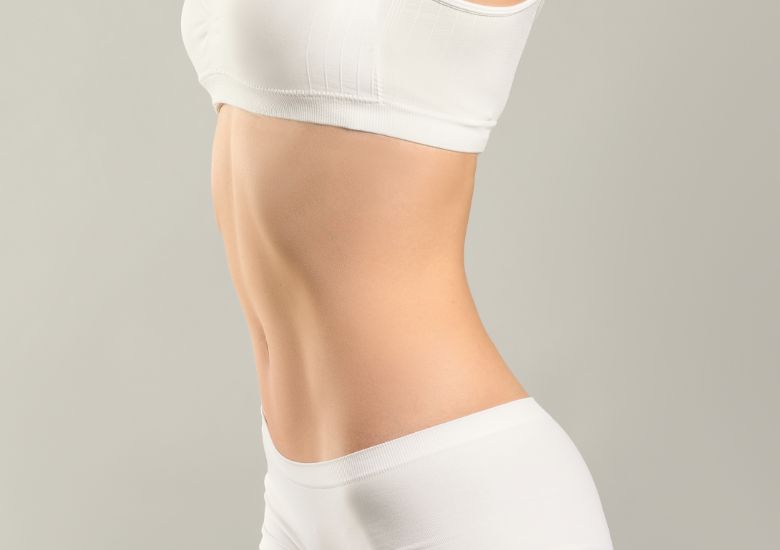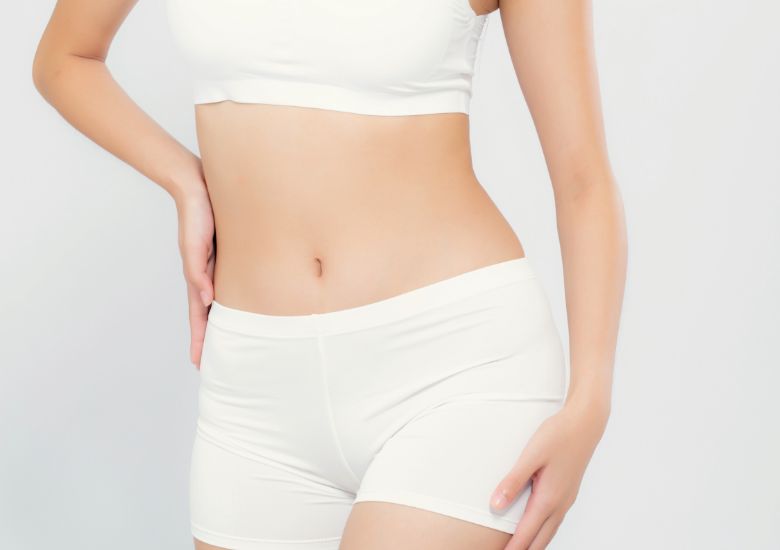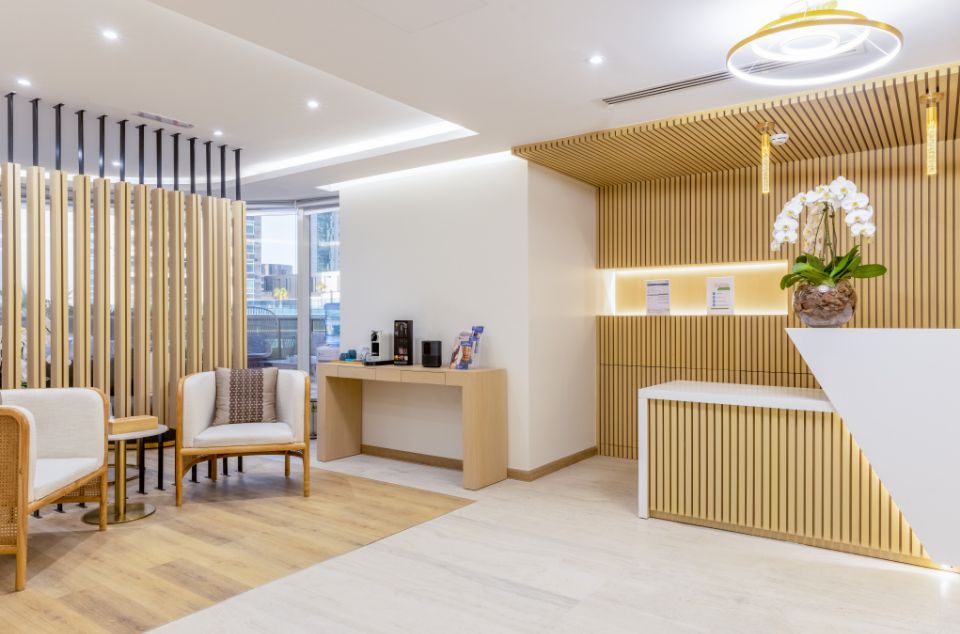Abdominoplasty
INTRODUCTION TO
Abdominoplasty
Abdominoplasty is a type of plastic surgery utilized to eliminate excess skin folds and fatty tissues from the middle and lower abdominal area as well as to tighten the muscles of the abdominal wall. A ”tummy tuck”, as it is most commonly known, can result in a flatter, tighter stomach and significantly lessen the impression of a protruding abdomen. For best results, liposuction is frequently combined with this cosmetic treatment.
Our bodies create less collagen as we get older, which causes the skin to become less elastic and more prone to wrinkles and drooping. This means that even a small amount of weight reduction might result in drooping skin, especially in elderly individuals who have less collagen.
The pannus, also known as the “apron,” the hanging skin of the abdomen, can lead to a number of issues, such as the inability to dress comfortably, difficulty with daily hygiene, yeast infections, or cysts in the folds of skin, and lower back pain. A panniculectomy does not involve tightening the underlying stomach muscles, unlike a tummy tuck, which does.
Tummy tucks are a common approach to help the body get back to how it was before childbirth because women are frequently left with extra skin and weak, slack stomach muscles after having children through C-sections and pregnancy.
Furthermore, in today’s body-conscious culture, our size and shape are given more consideration. Diet and exercise are used to try and manage any physical changes. However, some parts of our bodies can become resolutely resistive to any changes, and in some people, the localized fat deposits in the abdomen combined with muscular slackness can make any dreams of a flat stomach extremely challenging to realize.


Consultation
To make sure you are healthy and fit for the operation, your surgeon will ask you about your medical history and conduct a detailed physical. Additionally, a blood test will be administered. Before the procedure, it’s crucial to quit smoking, cease using herbal supplements, and stop taking any blood-thinning medications as these can cause more bleeding during the procedure.
Your surgeon will then present you with your alternatives and suggest the best course of action to help you achieve your goals after answering all of your questions about the operation and all of its aspects.
You are considered to be an ideal candidate for this surgery if you:
- are in good overall physical and mental health
- are at, or near your ideal weight
- are a non-smoker
- are bothered by the appearance of your stomach
- have realistic expectations about what this surgery can achieve
Procedure
There are different types of abdominoplasty, and the ideal one for you will be recommended based on your desires but also on what your surgeon will believe will yield the best results. These are:
- FULL ABDOMINOPLASTY: the most commonly performed. It involves an incision made from the left to the right hip. A smoother, flatter abdomen profile will then be produced by tightening the supporting muscles. If additional fat needs to be removed, liposuction may be performed concurrently. The skin will then be draped once more. To reveal a more aesthetically pleasing, flatter tummy, the belly button will be relocated on the stomach. After that, extra skin will be removed, and the incision will be stitched or sutured shut.
- PARTIAL ABDOMINOPLASTY: Ideal for patients with relatively minor to moderate quantities of extra skin that however does not hang excessively. Compared to a full tummy tuck, a smaller incision is made. With this technique, the extra skin and loose muscles beneath the button will be tightened. The belly button will remain undisturbed as the abdominal muscles are strengthened.
- CIRCUMFERENTIAL ABDOMINOPLASTY: This technique is generally reserved for individuals who have just undergone considerable weight loss and have excess skin
around their waist, thighs, and buttocks. An incision is made all the way around the abdomen. After that, the skin above and below the incision line will be tightened. In addition to giving you a firmer, flatter stomach, it can also make your hips, thighs, and buttocks look more toned.
No matter the technique is chosen, the surgery is carried out under general anesthesia and may last between three to four hours. Once it is over, an abdominal binder is then put on the patient as well as a sizable pressure dressing. An intravenous (I.V.) is frequently inserted into the hand or arm for fluid maintenance; it stays in place typically until the following morning.

Recovery
For the first few weeks, you can anticipate experiencing swelling, pain, and bruising near the treated areas. Your doctor will prescribe pain-relieving and any other type of medication that could be needed according to your case, but also provide a precise recovery plan tailored specifically to your needs.
To reduce swelling and support your abdomen as it heals, your plastic surgeon may advise you to wear a compression garment or an elastic bandage. It’s crucial that you adhere to your surgeon’s instructions on how to care for the bandage in the days after surgery and how to wear the garment. You will then be given instructions on how to position yourself to minimize pain while sitting or lying down.
It will take 4–6 weeks before you may resume exercising and engaging in intense activity, and smoking and alcohol should be avoided during that period. It will take 4–6 weeks before you may resume exercising and engaging in intense activity. We also recommend that you have someone to assist you within the first week. You will start to see the bruising and swelling significantly diminish after around 6 weeks, and your results will be improving every day.
Some women are concerned about getting pregnant after an abdominoplasty but can do so one year after the operation. The stomach will also recover to its pre-abdominoplasty appearance if not much weight is put on during pregnancy.
Risks
Abdominoplasty is an invasive cosmetic surgery, thus some complications might arise:
- Bleeding
- Infection
- Poor wound healing
- Blood clots
- Nerve damage
- Asymmetry
- Fluid accumulation
- Allergic reaction to the anesthetic
- Numbness
- Change in sensation
- Skin discoloration
- Extended swelling
WE ARE HERE TO HELP YOU
Do you have any questions?
Let our medical experts answer all your inquiries and offer the solution that best fits your cosmetic needs.


